Hi Gang,
This may be something that you encounter everyday or maybe it’s brand new to you. Either way it’s a fun little read and listen. It’s nice that NPR has taken the time to let folks know about all of us, those behind closed (and often VERY secure) doors. Thanks NPR. Does anyone want to hazard a guess on the value of 120 Monet’s from 70 lenders around the world? How about the shipping costs? The number of couriers? Hmmmm, put your vote in the comments below….
And now on to the article:
How Do You Move 100+ Monet Masterpieces? Very, Very Carefully
STEPHANIE WOLF – January 5, 20207:59 AM ET – Heard on Weekend Edition Sunday
Visitors to the Denver Art Museum can currently see 120 different paintings by Claude Monet from all over the world. But how did they get there — like, literally get there?
To find out, I talked with Sarah Cucinella-McDaniel, chief registrar at the Denver Art Museum. She’s sort of like a travel agent for art — and for this exhibition she booked the itineraries for artworks from more than 70 lenders around the world: museums, as well as private collectors. (One of her recent days started unexpectedly, around 1:45 a.m., when one of her nine Monet shipments for the day arrived at the museum hours ahead of schedule.)
“It’s a lot,” she says. “There are many, many spreadsheets.”
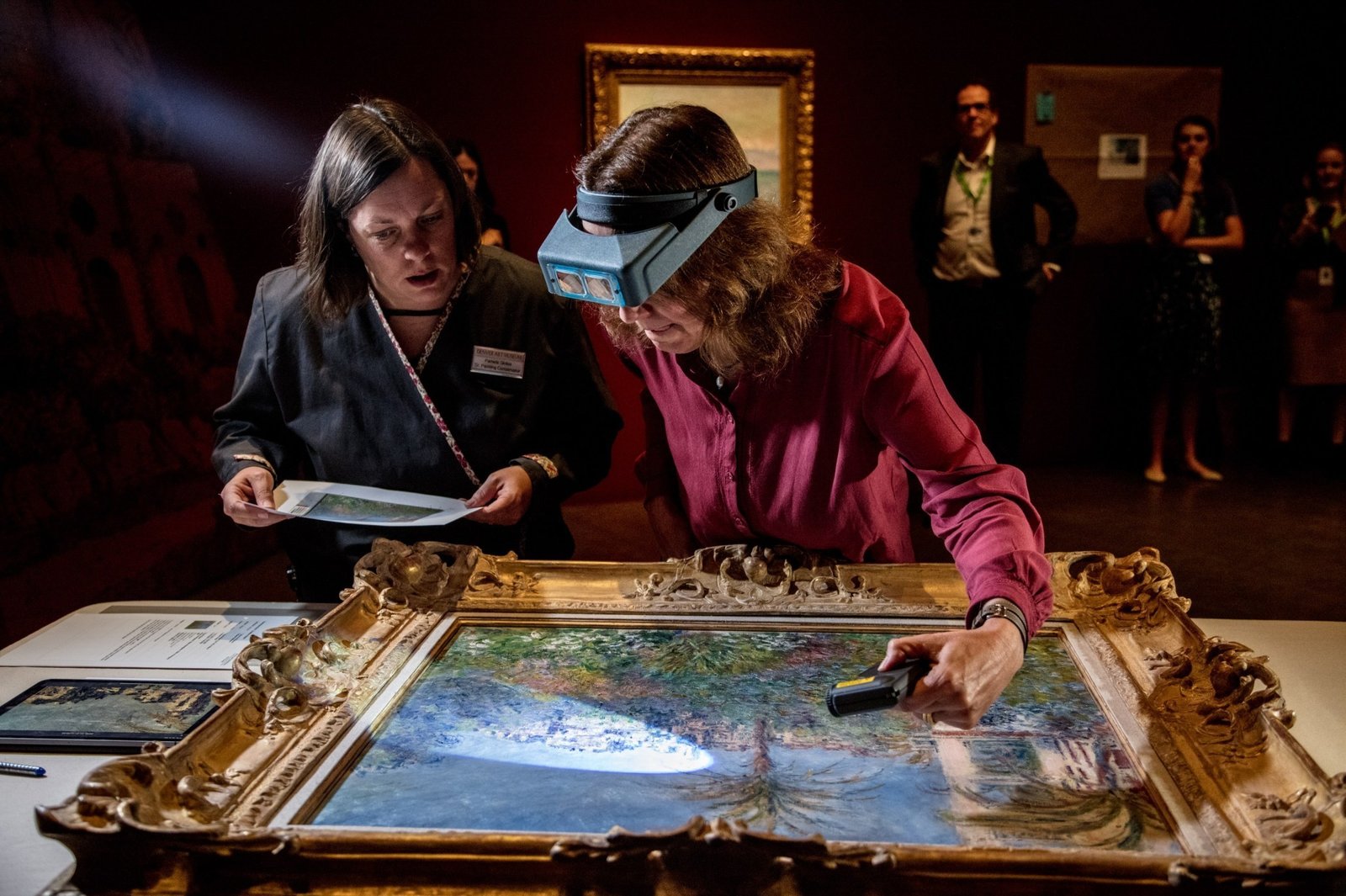
Conservator Felicitas Klein, right, traveled from Germany with Villas at Bordighera, an 1884 painting by Claude Monet. She inspects the painting at the Denver Art Museum, along with senior paintings conservator Pamela Skiles.
Kendelyn Ouellette
The first thing Cucinella-McDaniel does in this process is convince lenders that the museum will take good care of these treasures … because the works of Monet, an Impressionist master, are worth a lot.
This year, Meules, a painting from his “Grainstack” series, sold at an auction for more than $110 million. Sotheby’s said that was an auction record for an Impressionist work.
The Denver Art Museum wouldn’t tell us the combined value of its show, nor how much it cost to insure, citing security reasons. That’s standard, according to the American Alliance of Museums.
The museum did, however, get help from a federal program that reduces insurance costs for international exhibitions.
We work exclusively with companies that do fine art transport,” Cucinella-McDaniel explains.
The art travels by plane and truck, with multiple drivers – all trained to “handle high value goods” — taking turns at the wheel. The works are packed in custom crates, sometimes even double-crated, to reduce the effects of shock and vibration.
But as all travelers know, even the best laid plans can go sideways, with canceled flights, bad weather, or on-the-road break downs.
“Scenarios like that are a nightmare — I just cringe thinking about it,” Cucinella-McDaniel says.
They might have to delay or redirect a shipment — even store it in warehouses temporarily.
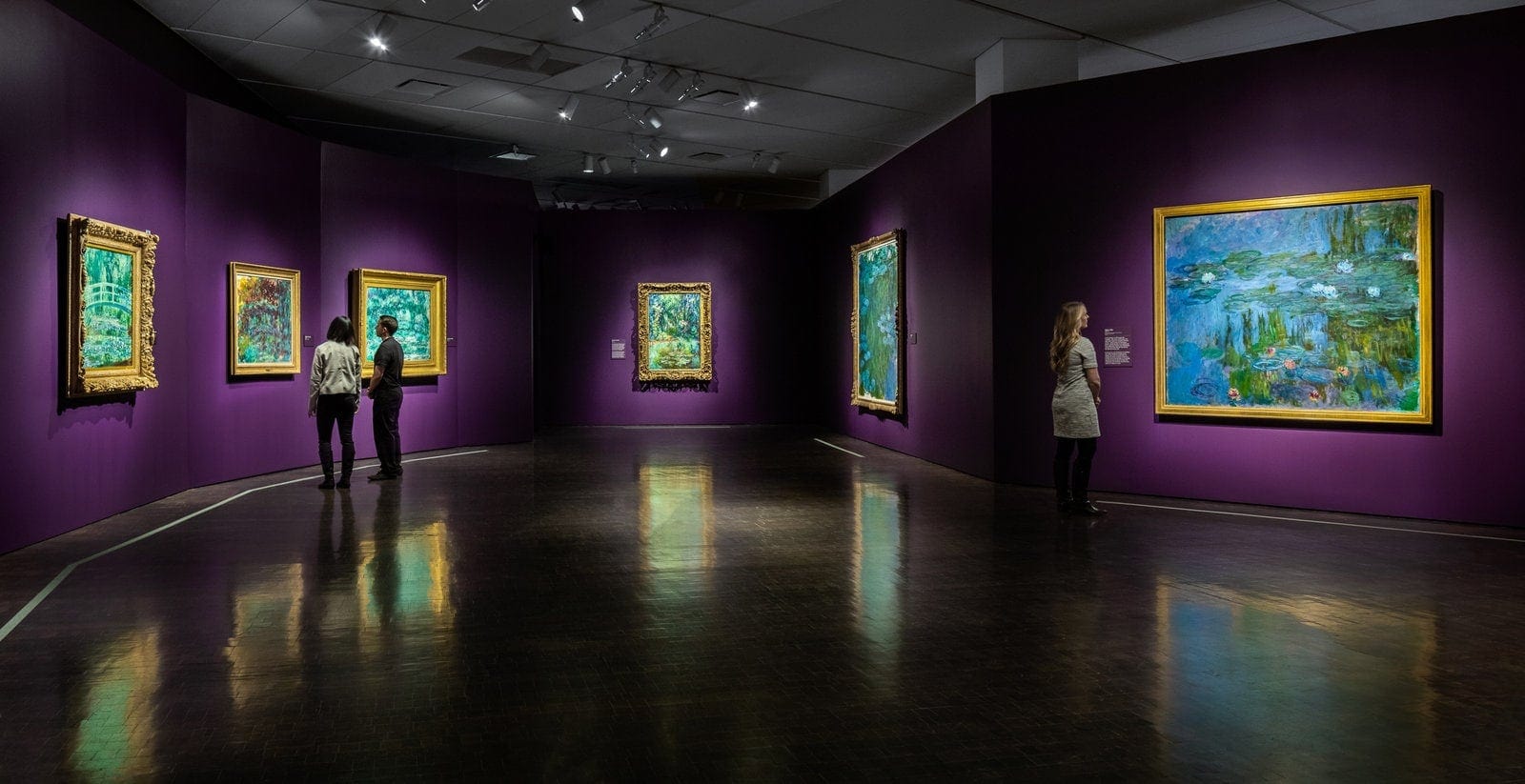
Claude Monet: The Truth of Nature at the Denver Art Museum features some 120 paintings from the French Impressionist.
James Florio Photography/Denver Art Museum
All of the paintings travel with couriers. Felicitas Klein came from Germany to Denver with an 1884 Monet painting of villas in the Italian town of Bordighera. She never let the masterpiece out of her sight.
Klein is also a conservator, and once the painting is unboxed, she scans it with a magnifier as photographers look on.
“What I’m doing is comparing the outgoing condition report with now the condition of the painting after the travel,” Klein explains. “I’m comparing the losses, the cracks, if something has changed.”
That condition report is like when you rent a car and they note all the dings before you drive off. (Now just imagine that car is worth $100 million.) Villas at Bordighera fared well — a relief for everyone.
Cucinella-McDaniel says it’s easy to get caught up in the chaos of this job. She says she sometimes has to remind herself: “I am in the presence of a Monet that most people haven’t even seen on a wall — and I’m looking at it under magnification. This is a pretty unique experience.”
The paintings will be on view at the Denver Art Museum until Feb. 2, 2020. After that, they’ll pack up (very carefully) and head to the Museum Barberini in Potsdam, Germany.
AUDIO STORY
TRANSCRIPT found below:
[arve url=”https://www.npr.org/player/embed/792146721/793815262″ thumbnail=”9865″ title=”How Do You Move 100+ Monet Masterpieces? Very, Very Carefully” /]
SARAH MCCAMMON, HOST:
When you look at a painting on a museum wall, you might think about the artist and their technique. You probably don’t think about what it took to get the painting on that wall. A show now at the Denver Art Museum through early February brings together more than 100 paintings by Claude Monet. And Colorado Public Radio’s Stephanie Wolf tells us about the huge effort to get them all in one place.
STEPHANIE WOLF, BYLINE: Sarah Cucinella-McDaniel is like a travel agent for art. As Denver Art Museum’s chief registrar, she booked the itineraries for nearly 120 Monets from more than 70 lenders around the world – museums, as well as private collectors.
SARAH CUCINELLA-MCDANIEL: It is a lot. There are many, many spreadsheets.
WOLF: Her day started unexpectedly around 1:45 a.m., when one of her nine Monet shipments for the day arrived at the museum hours ahead of schedule. She takes a break from dealing with all of that – or at least she thinks she’s taking a break.
CUCINELLA-MCDANIEL: We’ve coordinated with the embassies at all of these countries of things that are importing.
(SOUNDBITE OF PHONE RINGING)
CUCINELLA-MCDANIEL: I thought I turned everything off.
(SOUNDBITE OF PHONE RINGING)
CUCINELLA-MCDANIEL: That is my customs broker.
WOLF: Do you get to know your customs broker pretty well?
CUCINELLA-MCDANIEL: We are very good friends. We talk at all hours of day and night.
WOLF: The first thing Cucinella-McDaniel does in this process is convince lenders that the museum will take good care of all of these treasures because the works of Monet, an impressionist master, are worth a lot of dough. This year, a painting from his “Grainstack” series sold at an auction for more than $110 million. Sotheby’s says that was an auction record for an impressionist work.
The Denver Art Museum won’t tell us the combined value of its show, nor how much it costs to insure, citing security reasons. That’s standard, according to the American Alliance of Museums. The museum did, however, get help from a federal program that reduces insurance costs for international exhibitions.
CUCINELLA-MCDANIEL: We work exclusively with companies that do fine art transport.
WOLF: The art travels by plane and truck, with multiple drivers taking turns at the wheel.
CUCINELLA-MCDANIEL: So all of their drivers are trained to handle high-value goods.
WOLF: The works are packed in custom crates, sometimes even double-crated, to reduce the effects of shock and vibration. Plans can go sideways – canceled flights, bad weather, trucks breaking down.
CUCINELLA-MCDANIEL: Scenarios like that are a nightmare. You know, I just cringe just thinking about it.
WOLF: They might have to delay or redirect a shipment, even store it in warehouses temporarily.
All of the paintings travel with couriers. In this case, it’s Felicitas Klein. She came from Germany to Denver with an 1884 Monet painting of villas in the Italian town of Borgidhera (ph), never letting the art out of her sight. Klein is also a conservator. And once the painting is unboxed, she scans it with a magnifier. A group of photographers look on.
FELICITAS KLEIN: What I’m doing is comparing the outgoing condition report with now the condition of the painting after the travel. And I’m comparing the losses, the cracks, if something has changed.
WOLF: That condition report is kind of like when you rent a car, and they note all the dings before you drive off.
KLEIN: It looks good.
CUCINELLA-MCDANIEL: OK.
KLEIN: Maybe we check the frame now.
CUCINELLA-MCDANIEL: OK.
WOLF: The frame also fared well, a relief for everyone, including Sarah Cucinella-McDaniel, who stands nearby.
CUCINELLA-MCDANIEL: You have images of the frame?
KLEIN: Yes. Yeah.
CUCINELLA-MCDANIEL: OK.
WOLF: Cucinella-McDaniel says it’s too easy to get caught up in the chaos of this job.
CUCINELLA-MCDANIEL: And forget, like, I am in the presence of a Monet that most people haven’t even seen on a wall. And I’m looking at it under magnification. This is a pretty unique experience.
WOLF: The tens of thousands of people who have already been to the Denver Art Museum show can appreciate these Monets without having to travel long distances or knowing what it took to get the paintings from there to here.
For NPR News, I’m Stephanie Wolf in Denver.
(SOUNDBITE OF DAFT PUNK’S “VERIDIS QUO”)
Copyright © 2020 NPR. All rights reserved. Visit our website terms of use and permissions pages at www.npr.org for further information.
NPR transcripts are created on a rush deadline by Verb8tm, Inc., an NPR contractor, and produced using a proprietary transcription process developed with NPR. This text may not be in its final form and may be updated or revised in the future. Accuracy and availability may vary. The authoritative record of NPR’s programming is the audio record.

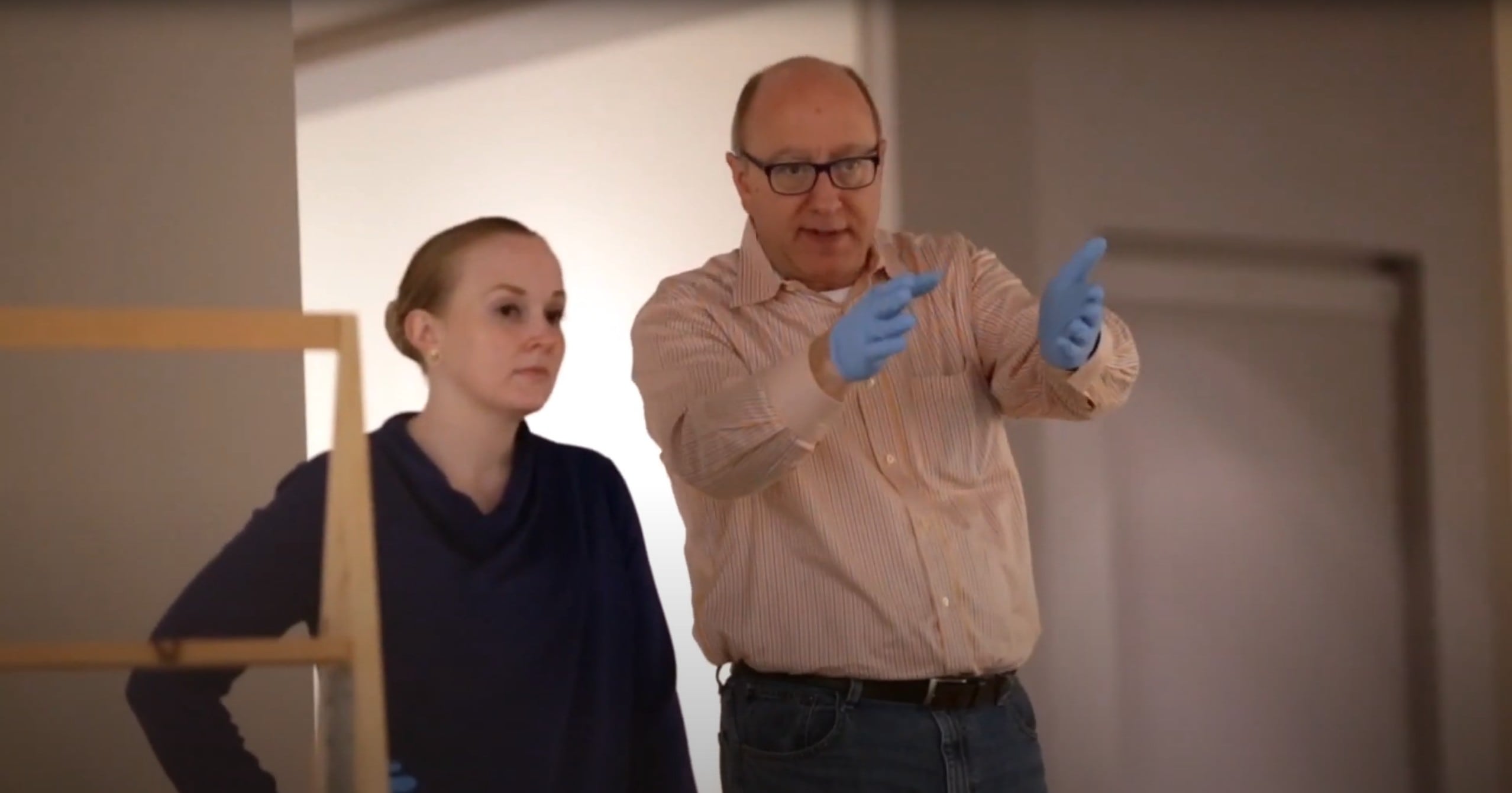
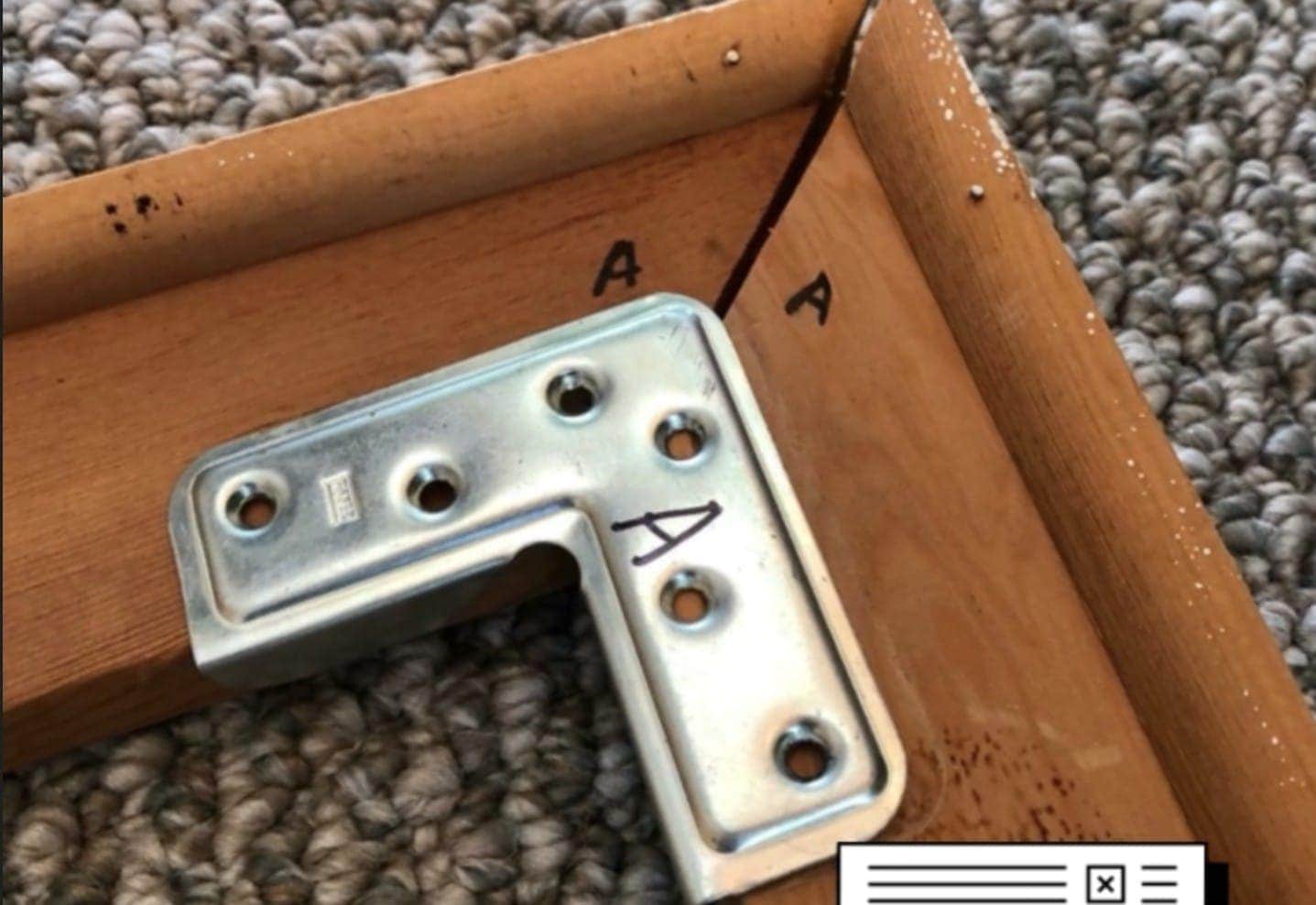
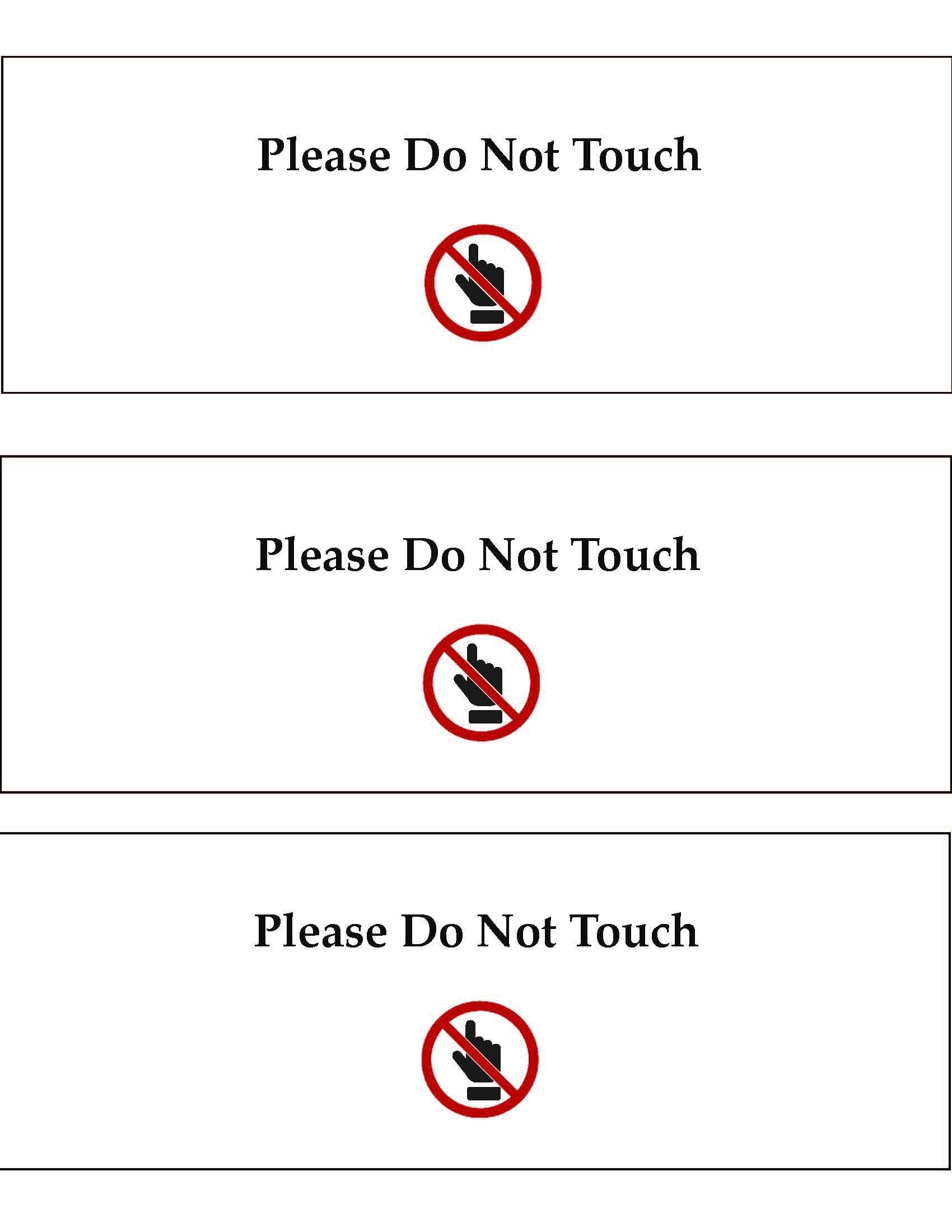

Leave a Reply
You must belogged in to post a comment.